
Features of SUS 321 Stainless Steel
Corrosion Resistance: Excellent resistance to intergranular corrosion within the chromium carbide precipitation range (800-1500°F, 427-815°C). This is a
Corrosion Resistance:
Excellent resistance to intergranular corrosion within the chromium carbide precipitation range (800-1500°F, 427-815°C). This is achieved by adding titanium, which stabilizes carbon and prevents it from reacting with chromium.
Good resistance to oxidation and general corrosion in a variety of environments, and can resist the attack of oxygen and other corrosive agents in different media such as air, water, acid, alkali, and salt.
Good resistance to stress corrosion cracking and pitting, especially suitable for corrosive environments such as seawater and salt spray.
High Temperature Resistance:
Able to maintain good corrosion resistance and stability at high temperatures, its oxidation resistance is better than many other stainless steel materials.
Excellent high temperature stress rupture and creep resistance, suitable for equipment and components in high temperature environments.
Mechanical Properties:
Good weldability and formability, easy to weld and process by standard workshop manufacturing practices such as forging, rolling, extrusion, stretching, bending, forming, etc.
Still maintains its strength and durability at high temperatures, with good creep and stress rupture properties.
Non-magnetic and heat-resistant:
It does not exhibit magnetism when subjected to a magnetic field.
It resists oxidation up to 1500°F (816°C) and has excellent heat resistance.
Chemical composition:
SUS 321 is an austenitic stainless steel containing titanium. Its chemical composition includes carbon, silicon, manganese, phosphorus, sulfur, chromium, nickel, molybdenum and titanium. The addition of titanium helps to inhibit intergranular corrosion and provide high high-temperature strength.
Application areas:
It is widely used in high-temperature engineering fields such as furnaces, pipes, nozzles, heat exchangers, etc.
It is also widely used in the aerospace field, such as engines, turbine blades, gas turbines, rockets, missiles, etc.
It is suitable for chemical industry, food processing and other fields because of its good corrosion resistance in acid and alkali environments and good hygienic properties during food processing.
In summary, SUS 321 stainless steel has become a versatile and durable material with its excellent corrosion resistance, high temperature resistance, mechanical properties and wide range of applications.
stainless steel processing
The manufacture of stainless steel involves a series of processes. First, the steel is melted, and then it is cast into solid form. After various forming steps, the steel is heat treated and then cleaned and polished to give it the desired finish. Next, it is packaged and sent to manufacturers, who weld and join the steel to produce the desired shapes.
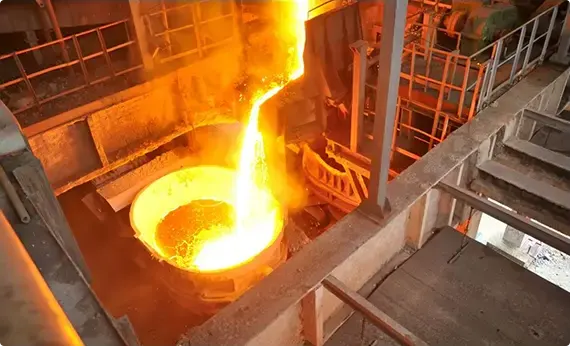
Melting and Casting
The raw materials that constitute a stainless steel item are placed together and melted in a giant electric furnace. Intense heat is applied rigorously for a period of 8 to 12 hours during this step. Once the melting is complete, the molten steel is cast into desired semi-finished forms. Some of the most common forms or shapes include slabs, blooms (rectangular shapes), billets (these could either be round or square), rods, and tube rounds.

Forming
In the second stage, the semi-finished steel shapes undergo a series of forming operations. For instance, the stainless steel is hot rolled (heated and passed through enormous rolls). The blooms and billets mentioned above are converted to bar and wire. The slabs on the other hand are formed into plates, strips or sheets. It is very common to turn semi-finished steel shapes into bars, as it is the most versatile stainless steel form (it comes in all grades and sizes). You have round, square, octagonal, and hexagonal bars, each suitable for a different type of application.
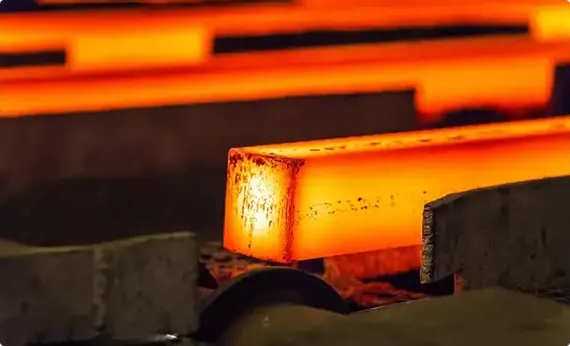
Heat Treatment
The various stainless steel forms undergo a thorough annealing process during this step. Annealing is another name for heat treatment where the stainless steel is heated and cooled in a controlled environment. The purpose of this heat treatment is to relieve the pent-up stress inside the stainless steel and soften the material to make it more suitable for a wide variety of applications. The people in charge of carrying out the annealing process have to be very careful about the conditions as even the slightest of changes in the temperature, pressure, duration, or cooling rate could result in a faulty product.
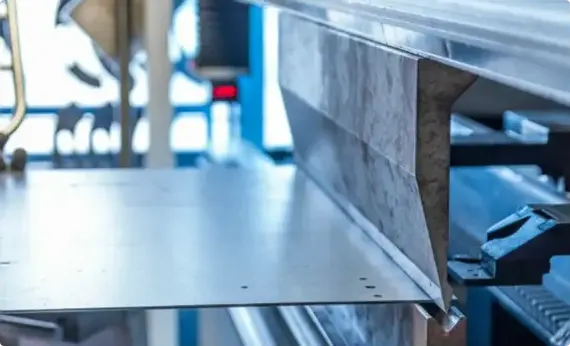
Descaling
During the annealing process, a certain amount of scale appears on the surface of the stainless steel. This scale can be removed using a number of different processes that are collectively known as descaling. Pickling is one of the more common methods of carrying out the descaling process.
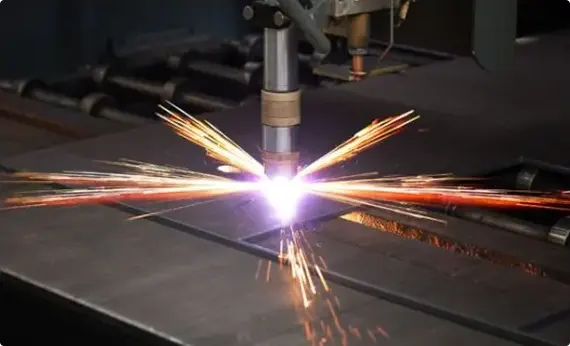
Cutting
The semi-finished, heat-treated, and descaled stainless steel forms are cut into specific shapes in this step. Mechanical cutting is performed with the aid of guillotine knives, blanking, nibbling, and high-speed blades.
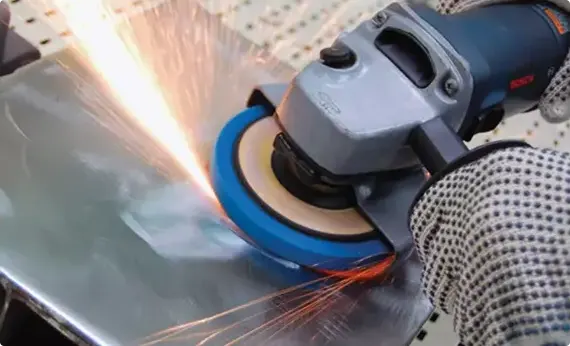
Finishing
Finishing is applied to help the stainless steel product achieve its signature aesthetically appealing appearance. Finishes are also needed to make the stainless steel product smooth and easier to clean, which is a top requirement in sanitary applications.
